Rising Jewelry Demand
The jewelry sector remains a vital component of the Platinum Group Metals Market, with platinum being a preferred choice for high-end jewelry due to its durability and luster. In 2025, the demand for platinum in the jewelry market is expected to account for approximately 25% of total platinum consumption. This trend is driven by changing consumer preferences towards luxury goods and the increasing popularity of platinum in wedding and engagement rings. Additionally, the cultural significance of platinum in various regions may further enhance its desirability. As the jewelry market continues to expand, it is likely that the Platinum Group Metals Market will experience sustained growth, driven by both traditional and contemporary jewelry designs.
Growth in Electronics Manufacturing
The electronics manufacturing sector is increasingly becoming a significant contributor to the Platinum Group Metals Market. Platinum and palladium are utilized in various electronic components, including connectors, capacitors, and hard disk drives. As consumer electronics continue to evolve, the demand for these metals is expected to rise. In 2025, the electronics sector is anticipated to account for around 15% of the total platinum demand, reflecting a growing reliance on these materials for high-performance applications. Additionally, advancements in technology, such as the miniaturization of electronic devices, may further drive the need for platinum group metals. This trend indicates a promising outlook for the Platinum Group Metals Market, as the electronics sector seeks to enhance product performance and sustainability.
Technological Innovations in Mining
Technological innovations in mining processes are likely to have a profound impact on the Platinum Group Metals Market. Enhanced extraction techniques, such as automated mining and advanced processing technologies, may lead to increased efficiency and reduced costs in platinum group metals production. In 2025, it is anticipated that these innovations could improve recovery rates by up to 15%, thereby increasing the overall supply of platinum group metals. This potential increase in supply may help stabilize prices and meet the growing demand across various sectors, including automotive and electronics. As mining companies invest in these technologies, the Platinum Group Metals Market could witness a transformation, characterized by improved sustainability and profitability.
Increasing Demand in Automotive Sector
The automotive sector appears to be a primary driver for the Platinum Group Metals Market, particularly due to the rising adoption of catalytic converters. These components, essential for reducing harmful emissions, utilize platinum, palladium, and rhodium. As regulations on vehicle emissions tighten, the demand for these metals is likely to increase. In 2025, the automotive industry is projected to consume approximately 60% of the total platinum production, indicating a robust market for these metals. Furthermore, the shift towards electric vehicles may also influence the demand dynamics, as hybrid vehicles still rely on platinum group metals for their catalytic systems. This evolving landscape suggests that the automotive sector will continue to play a pivotal role in shaping the Platinum Group Metals Market.
Investment in Renewable Energy Technologies
Investment in renewable energy technologies is emerging as a crucial driver for the Platinum Group Metals Market. Platinum group metals are essential in various applications, including fuel cells and hydrogen production, which are integral to the transition towards cleaner energy sources. In 2025, the demand for platinum in fuel cell applications is projected to increase significantly, potentially reaching 20% of total platinum consumption. This shift towards renewable energy solutions suggests a growing market for platinum group metals, as industries seek to reduce carbon footprints and enhance energy efficiency. Furthermore, government initiatives promoting green technologies may further bolster the demand for these metals, indicating a positive trajectory for the Platinum Group Metals Market.


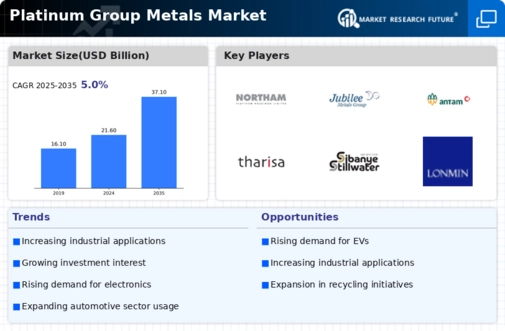
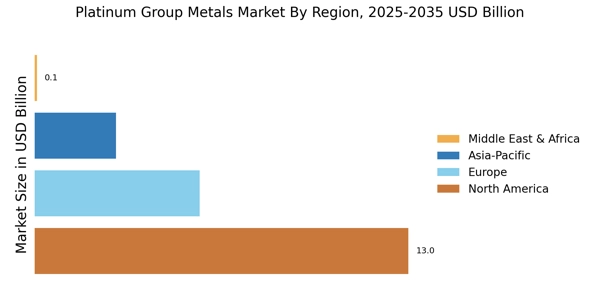
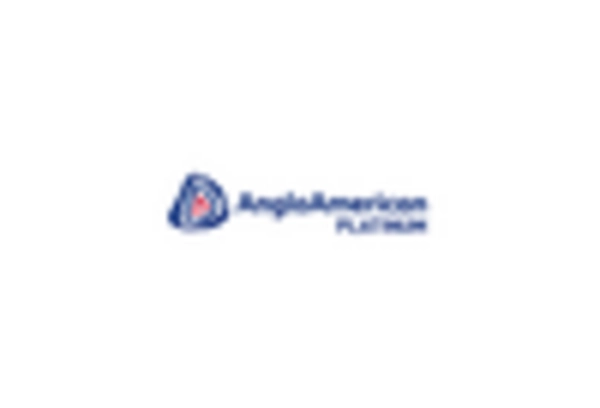
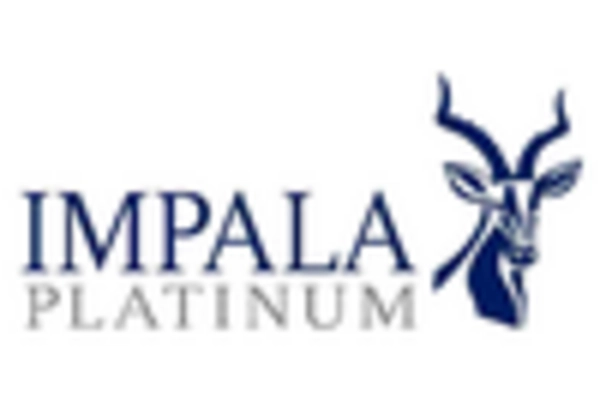



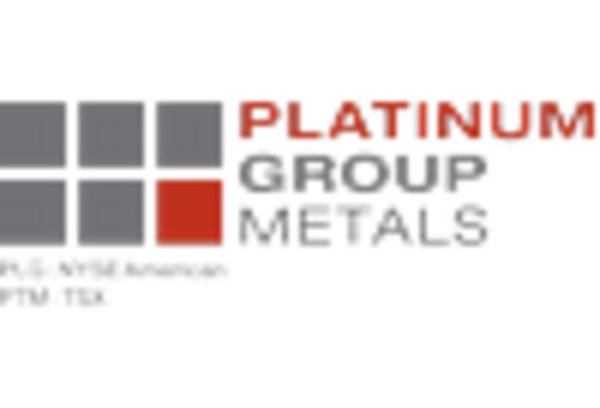








Leave a Comment